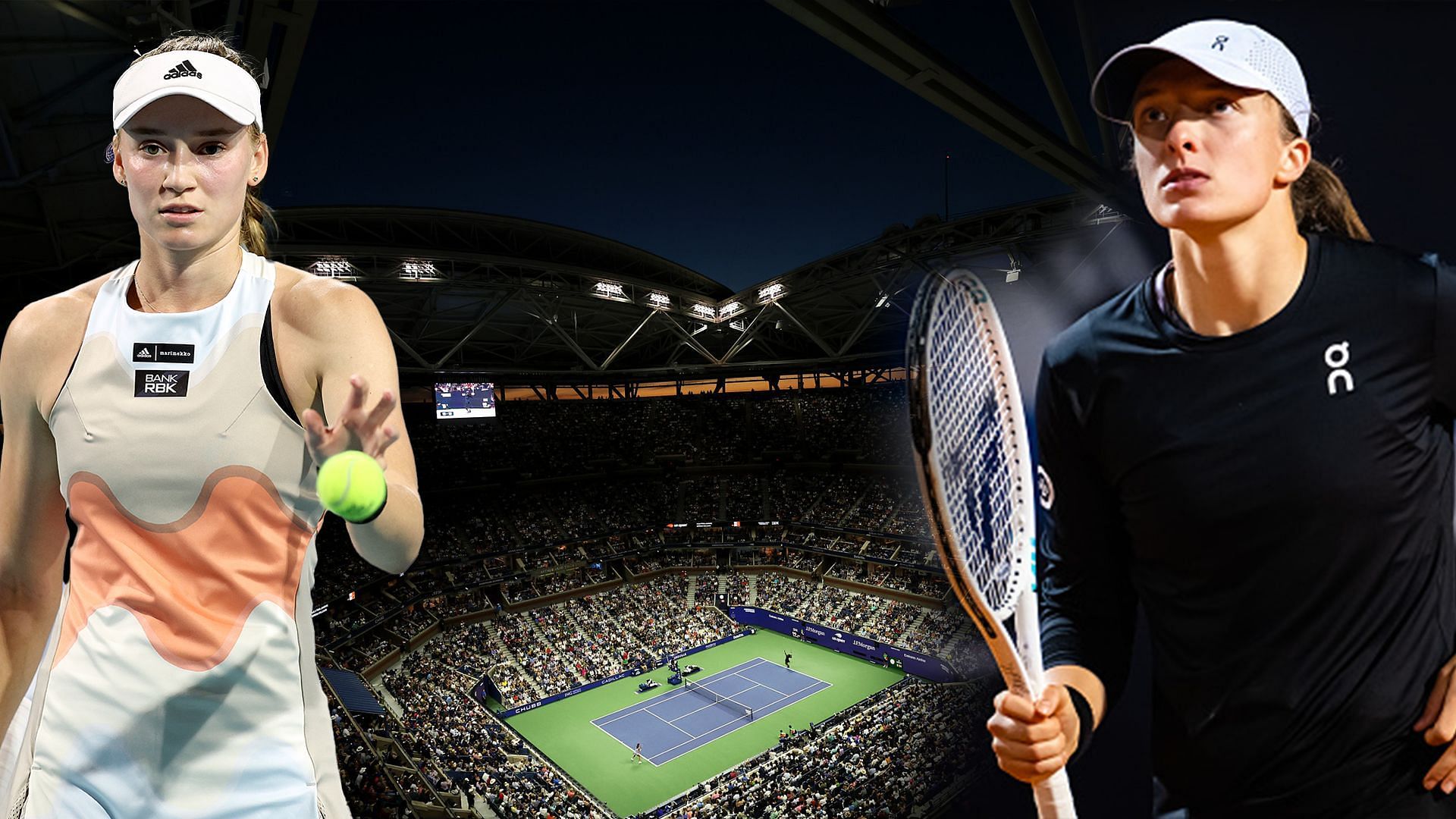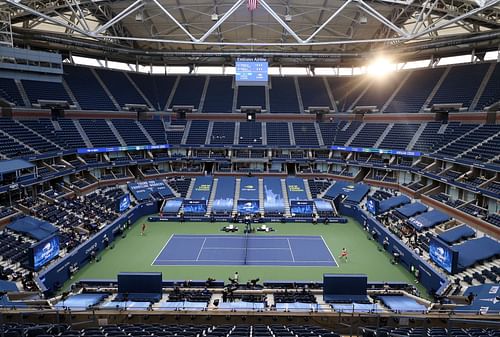
US Open refuses to budge despite players' repeated concerns over late-night conclusions; stands firm on continuing with two night matches
The US Open organizers remained steadfast in their decision to proceed with two night matches, despite the players' repeated concerns regarding late-night conclusions.
Players like Iga Swiatek, Elena Rybakina, and Aryna Sabalenka have expressed their concerns regarding late-night finishes in tennis tournaments. They stated that these late finishes are far from ideal as players require adequate breaks to ensure optimal recovery during the course of an event.
The US Open tournament director, Stacey Allaster, recently revealed that late-night matches were thoroughly examined and evaluated following the 2022 US Open.
"We all sit down as a senior leadership team and talk about matters that came up. Without question late-night matches was heavily discussed and reviewed after the 2022 US Open," she said in a pre-tournament press conference.
Allaster emphasized that the senior leadership team extensively deliberated on the match start time and ultimately determined that commencing the evening session earlier would pose challenges for New Yorkers attending the matches.
"We looked at the start time of the match. Could we start the evening session earlier, instead of 7, start it at 6? We decided that's not really a possibility because it's hard for New Yorkers to get here even by 7," she added.
Stacey Allaster further explained that starting the matches earlier could potentially overlap with the afternoon matches, as it is impossible to predict the duration of each match. She stated that, for the time being, they will be sticking to the current plan of having two night matches.
"There could be then the collision course within the afternoon. I think one of the challenges that we just have as a reality of tennis, we are not defined by a start and an end time. That unpredictability of a match, sometimes we can have a short match or we can have that long, five-hour match," Allaster said.
"At the moment we're staying the course with two night matches. We'll continue to evaluate it. I think until we were to dramatically change a feature that we offer our fans, we'll experience this late-night moment here," she added.
US Open 2023 makes history with new video review system

This year's edition of the US Open will make history as it will be the first Grand Slam tournament to incorporate a video review system for double bounces.
Video review should not be confused with the electronic line-calling system employed to determine whether balls are in or out during matches. It is a distinct system that will be implemented across five out of the seventeen courts at the US Open.
This year, players in singles, doubles, and mixed doubles will be granted three challenges per set. These challenges can be used to dispute instances such as double bounces, a ball touching a player's body, a player touching the net, or a player being hindered by noise.
Similar to the traditional challenge system, players will keep their challenge if they are proven correct. Moreover, if the set reaches a tiebreak, players will be awarded an extra challenge opportunity.
World No. 3, Jessica Pegula recently reacted to the news, saying:
"I had pushed for this for a while, so I am glad to see the U.S. Open is going to allow it. It will be great for both the players and the fans."
The implementation of this system will take place on several courts, namely Arthur Ashe Stadium, Louis Armstrong Stadium, Grandstand, Court 5, and Court 17. According to the new US Open tournament referee, Jake Garner, video review will be accessible for slightly over 50 percent of all singles matches.
In 2023, the system will undergo a thorough examination to determine whether it should be expanded starting from 2024. The US Open holds the distinction of being the first Slam to introduce electronic line-calling in 2006, implement the serve clock in 2018, and the first to allow coaching in 2022.
The video review system has already undergone testing at men's events like the ATP Cup and the Next Gen Finals. However, it has not yet been implemented in women's tournaments.